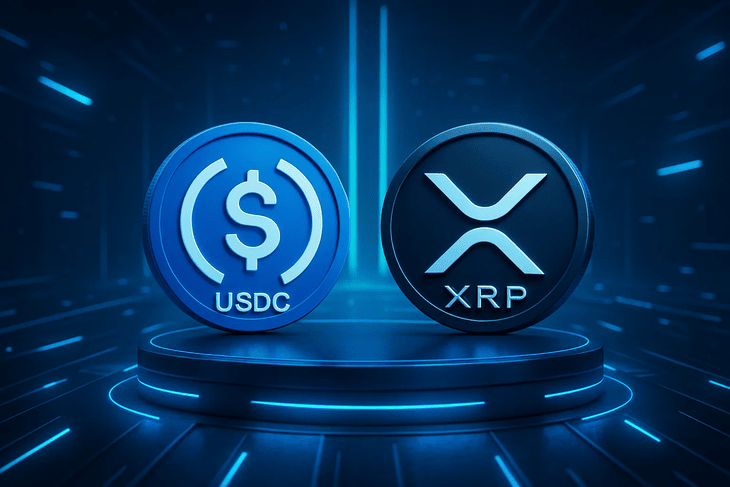
Circle Launches USDC on XRP Ledger, Boosting Speed, Liquidity, and DeFi Potential
In a significant move for digital finance, Circle has expanded the reach of its U.S. dollar-backed stablecoin, USDC, to Ripple’s XRP Ledger (XRPL). Announced on June 12, 2025, this integration marks a pivotal step in enhancing the liquidity, efficiency, and interoperability of stablecoins across multiple blockchain networks. With the launch, developers, institutions, and users can now mint and transfer native USDC directly on XRPL without relying on bridges or wrapped tokens, improving trust and reducing complexity.
The XRP Ledger, known for its speed (3–5 second settlement times) and extremely low transaction costs (less than a cent), now supports five fiat-backed stablecoins, including USDC, RLUSD, USDB, XSGD, and EURØP. This diversification greatly strengthens XRPL’s DeFi ecosystem, cross-border payment capabilities, and real-world asset tokenization. By leveraging Circle’s APIs and Mint platform, institutions can access regulated, high-speed USDC transactions with full transparency and backing.
The launch of USDC on XRPL also comes ahead of the network’s anticipated EVM-compatible sidechain, set to unlock Ethereum-style smart contract functionality. Together, these developments position XRPL as a robust blockchain for enterprise-grade DeFi, on-chain foreign exchange (FX), and global remittances. For Ripple, hosting a major regulated stablecoin like USDC bolsters its credibility and broadens its appeal to financial institutions. For Circle, it further executes their multi-chain strategy, now spanning over 20 blockchain networks.
This move is particularly relevant for developers building decentralized applications and institutions seeking fast, cost-effective treasury solutions. As stablecoin adoption accelerates globally, Circle’s expansion into the XRP Ledger solidifies USDC’s role as a leading digital dollar infrastructure, supporting more use cases and financial innovations across borders. The collaboration marks a key milestone in creating a more interconnected, efficient, and trustworthy global digital economy.
